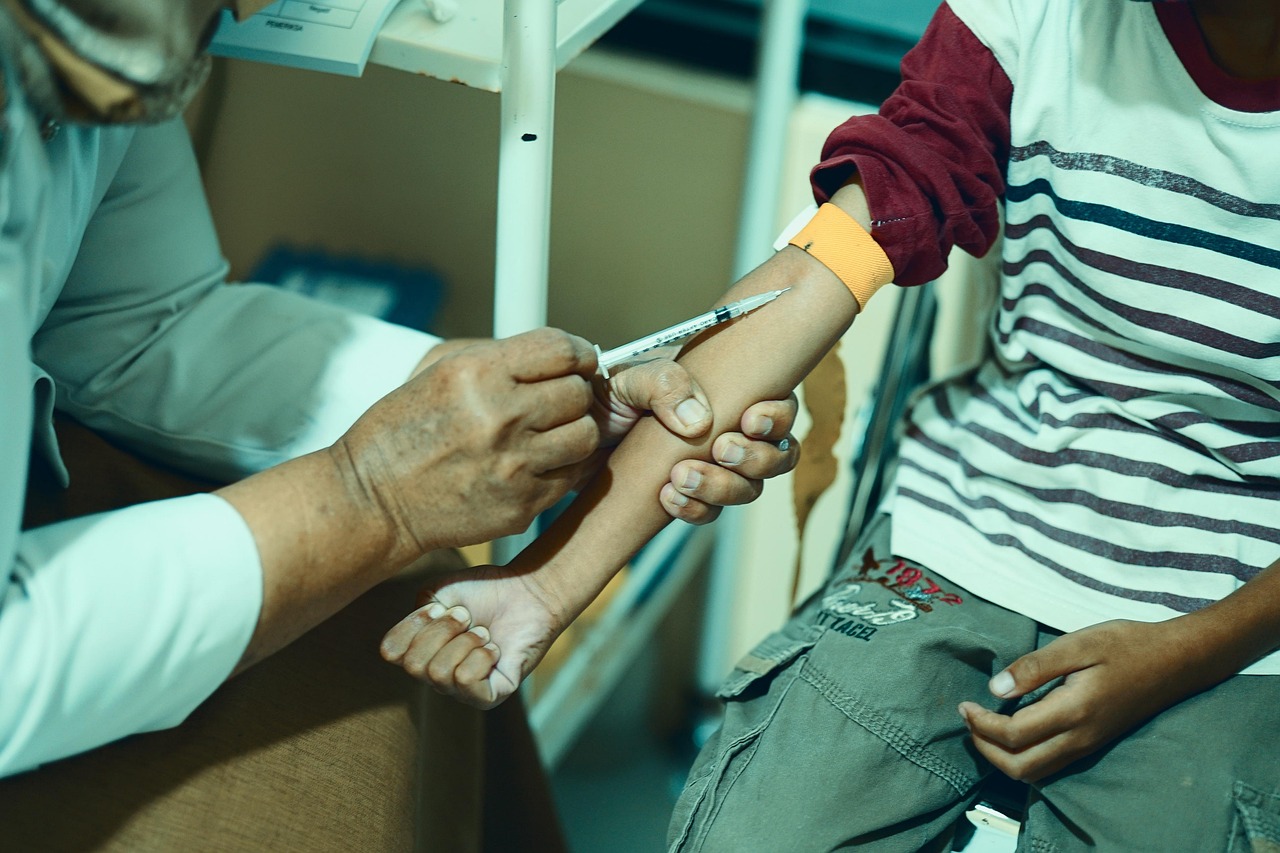Anorexia is one of the most feared diagnoses for any parent, and unfortunately, it’s becoming more common. According to the World Health Organisation, eating disorders affect at least 25% of the global population. In 2022, anorexia impacted roughly 15–20% of people, with adolescents accounting for 8–10% of cases, and the numbers are rising.
While anorexia can affect people of any gender, race, age, size, or background, adolescents are especially vulnerable. This is due to both the psychological changes of adolescence and the influence of social media, where filtered and airbrushed images promote unrealistic beauty standards. Teenagers, still developing their sense of self, often compare themselves to these unattainable ideals, leading to dangerous behaviour like extreme dieting, over-exercising, or even using laxatives or steroids. It affects boys as well as girls, though the outward symptoms may differ.
What is Anorexia?

Anorexia nervosa is a serious and potentially life-threatening eating disorder. It involves intense food restriction, a fear of gaining weight, and unhealthy obsession with food, weight, or exercise. It’s not always visible — a person doesn’t need to be underweight to suffer from anorexia — and it’s more about self-perception than physical appearance.
Disturbingly, there are online communities and apps that actively promote harmful behaviours, offering rapid weight loss tips and encouraging photo comparisons. If parents suspect something is wrong, they may need to check browser histories or devices — even if that means temporarily breaking trust — as safety must come first.
Signs to Watch For
Early signs of anorexia in adolescents may include:
- Negative self-talk and distorted body image
- Skipping meals or picking at food
- Obsession with carbs or calories
- Over-exercising or purging after eating
- Fear of gaining weight despite being underweight
Anorexia also involves mental and emotional symptoms, not just physical ones. Parents should avoid making negative comments about their child’s appearance, as self-image is often shaped by how they see adults around them.
Physical Symptoms May Include

- Significant weight loss
- Fatigue, dizziness, or fainting
- Low blood pressure or heart issues
- Cold sensitivity
- Irregular periods (or none at all)
- Poor concentration
- Digestive issues and bloating
- Dry skin, thinning hair, brittle nails
- Poor wound healing and frequent illness
Treatment and Recovery

Many teens deny they have a problem until the condition becomes critical. Early diagnosis and treatment are key. Treatment goals usually include:
- Stabilising weight
- Re-establishing healthy eating habits
- Addressing disordered thoughts
- Managing related mental health conditions
Treatment plans vary depending on severity and may involve:
- Psychotherapy
- Medication
- Nutritional counselling
- Family therapy
- Inpatient or outpatient care
The Role of Nutrition and Family Support

Reintroducing nutrition must be done slowly and carefully. Long-term food restriction can cause severe nutrient deficiencies, so recovery often requires specialised meal plans. Abrupt weight gain can be dangerous early on.
Recovery from anorexia is gradual and often nonlinear; there’s no quick fix. It takes time, patience, and strong support from family members who understand the disorder. With proper treatment, recovery is possible, but without intervention, the risks include severe health complications or even death.














